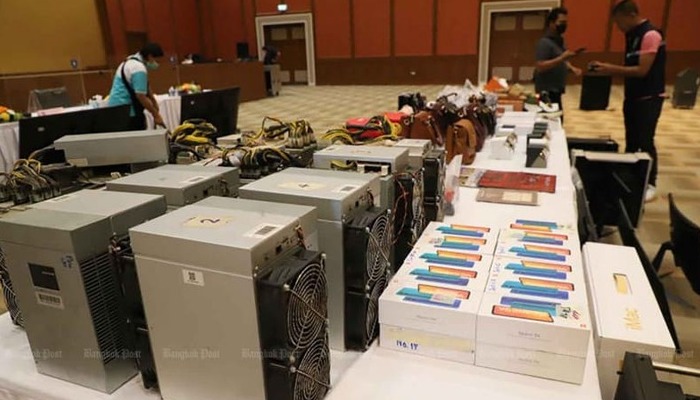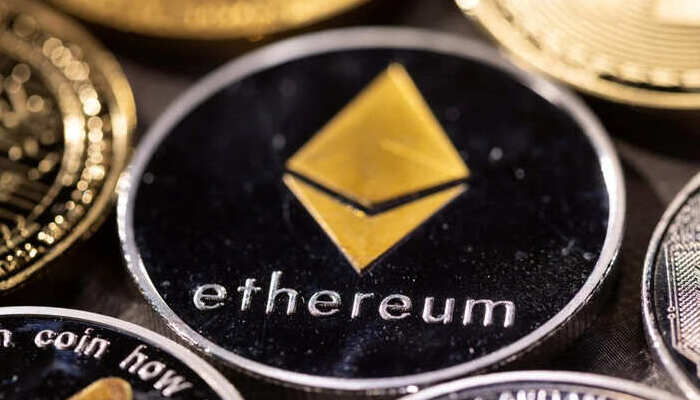
How Blockchain Can Transform Climate-Friendly Investment Opportunities
In the face of mounting urgency to address climate change, the quest for innovative solutions to foster sustainable growth and resilience is more critical than ever. Coming from the realm of digital currencies, blockchain technology emerges as a trailblazing force, poised to drive a transformative shift within the green economy and catalyze climate-friendly investment and innovation across a multitude of sectors.
At its essence, blockchain operates as a decentralized digital ledger, meticulously recording transactions with unparalleled security and transparency across a vast network of computers. This revolutionary technology harbors the potential to redefine how governments, private companies, multinational corporations and communities adapt to and mitigate the multifaceted risks posed by climate change.
Though blockchain is a groundbreaking and invaluable tool, it represents just one element within a complex, interconnected web of solutions. Tackling climate change necessitates a unified, concerted effort from governments, businesses and individuals, each harnessing the power of diverse innovations, robust information-sharing networks and sustainable infrastructure.
Blockchain technology holds particular promise in the fight against climate change for three key reasons: it can amplify voluntary carbon markets to channel billions of dollars towards green investments, facilitate the widespread adoption of parametric insurance for climate events and accelerate development of open data infrastructure necessary to help coordinate global actors.
By unlocking the immense potential of blockchain, we stand at the precipice of a transformative era in the global movement towards a greener economy.
Open data infrastructure
A major challenge in addressing climate change is the lack of access to high-quality, reliable data. Accurate climate information is crucial for decision-makers – ranging from policymakers to investors – to make informed choices that promote sustainability. Blockchain technology can serve as the foundation for an open data infrastructure, enabling secure and transparent sharing of climate data.
Several decentralized climate information ecosystems have emerged to leverage blockchain technology, providing trusted, transparent platforms for sharing and monetizing climate data. By using smart contracts and token incentives, data providers can be rewarded fairly for their contributions while ensuring data integrity and accessibility.
An open data infrastructure would allow businesses to access reliable climate data, helping them identify new climate-friendly investment opportunities and assess risks associated with climate change.
“Blockchain technology holds immense potential to drive sustainable growth and innovation across various industries amid an increasingly warming planet.”
Corporations and institutions can leverage this open data infrastructure for transparent and accurate climate risk assessment and disclosure. Further, as regulatory bodies and investors demand better climate-related reporting and disclosures, companies can utilize blockchain-based platforms to demonstrate their commitment to sustainability and responsible risk management.
By providing a secure, transparent and accessible data ecosystem, blockchain technology can help bridge the information gap that has long hampered climate action, empowering businesses to effectively navigate the challenges and opportunities of a rapidly changing world.
Scaling the voluntary carbon market
The voluntary carbon market (VCM) has emerged as a critical mechanism for funding carbon reduction and removal projects. However, the current marketplaces have limitations including opaque pricing and verification processes, which has hindered the growth and potential impact of the overall industry. Blockchain technology can streamline and scale the carbon credit market by increasing transparency and efficiency, making it more attractive to businesses and investors.
Blockchain-powered platforms automate the tracking and management of carbon credits, reducing the risk of double counting and ensuring that credits are verifiable and unique. This increased transparency can lead to more accurate pricing and facilitate the flow of capital to projects with the highest impact, creating more climate-friendly investment opportunities.
Blockchain technology can also make buying and trading carbon offsets quicker and more transparent, eliminating the need for brokers and intermediaries. Moreover, smart contracts can directly connect buyers and sellers, reducing transaction costs and increasing market efficiency.
Tokenized carbon credits also facilitate monitoring, reporting and verification (MRV) systems essential to keeping markets fair. Also, these tokens can be updated automatically when changes occur, ensuring their value accurately reflects the underlying carbon offset project’s performance – which has proven challenging for the industry.
This level of transparency and automation is crucial for building trust among corporations and institutions in the carbon offset market as a viable tool for achieving sustainable investment goals. By leveraging blockchain technology, the voluntary carbon market can become a more efficient and reliable market, empowering businesses to take meaningful action against climate change and integrate carbon offsets into their broader ESG strategies.
Parametric insurance
The increased frequency and severity of climate-related events, such as floods and hurricanes, have exposed the limitations of traditional insurance models. Parametric insurance, which relies on predefined triggers based on measurable parameters to offer pre-specified payouts, are nontraditional but perhaps more efficient, transparent and scalable than other forms of insurance. Blockchain technology can play a pivotal role in the adoption and expansion of parametric insurance, benefiting both insurers and policyholders.
Similar to the case mentioned above, blockchain-based platforms can automate the processing and payment of parametric insurance claims using smart contracts, reducing the need for lengthy claims assessments and providing faster payouts to policyholders. By offering a transparent and secure system for managing and verifying data, blockchain technology enables the development of more accurate risk models and pricing, thereby promoting the widespread adoption of parametric insurance.
Decentralized oracle networks such as Chainlink play a vital role in this process by providing tamper-proof data streams to smart contracts, ensuring the agreed upon triggers for payouts used in parametric insurance are based on accurate and trustworthy information.
With access to accurate, real-time data, businesses can better understand their exposure to climate risks across their operations, balance sheets and supply chains. This may prove essential for corporations making informed decisions about their risk management strategies and climate plans.
Parametric insurance, built on a foundation of reliable real-world data secured by a decentralized oracle network, would therefore serve as a valuable tool for building financial resilience and mitigating the negative impacts of climate-related events. As a result, companies would be better placed to survive and thrive in an increasingly uncertain climate landscape.
Beyond Blockchain
Blockchain technology holds immense potential to drive sustainable growth and innovation across various industries amid an increasingly warming planet. By providing a foundation for an open data infrastructure, streamlining the voluntary carbon market and supporting the expansion of parametric insurance, blockchain can be a transformative force in the transition to a green economy.
Article Source
https://www.coindesk.com/consensus-magazine/2023/04/21/unleashing-the-green-economy-how-blockchain-can-transform-climate-friendly-investment-opportunities/
Other Interesting Articles
 Thai Election Agency Criticised After Snags in Early Voting May 9, 2023
Thai Election Agency Criticised After Snags in Early Voting May 9, 2023











